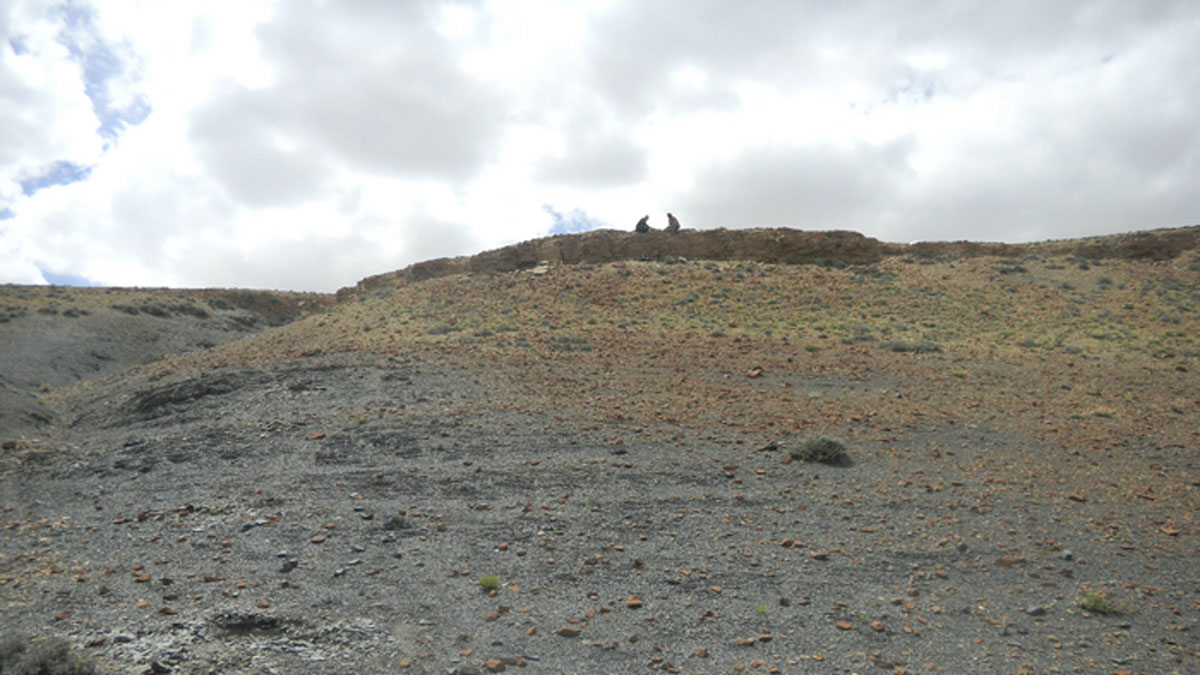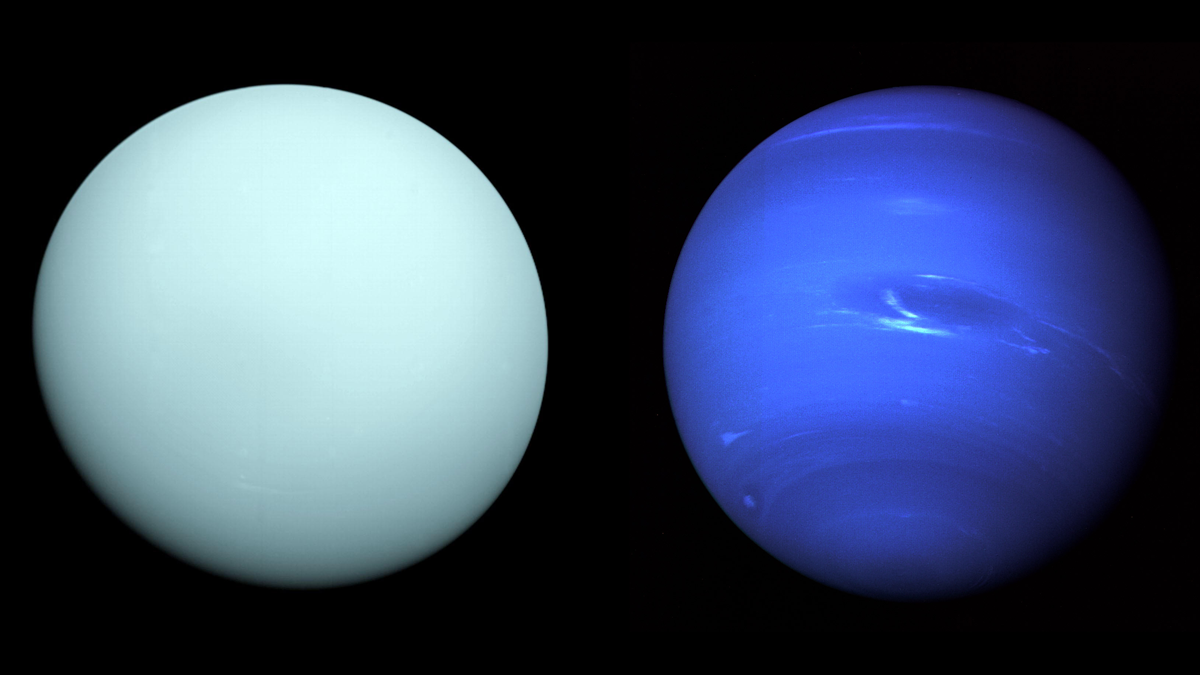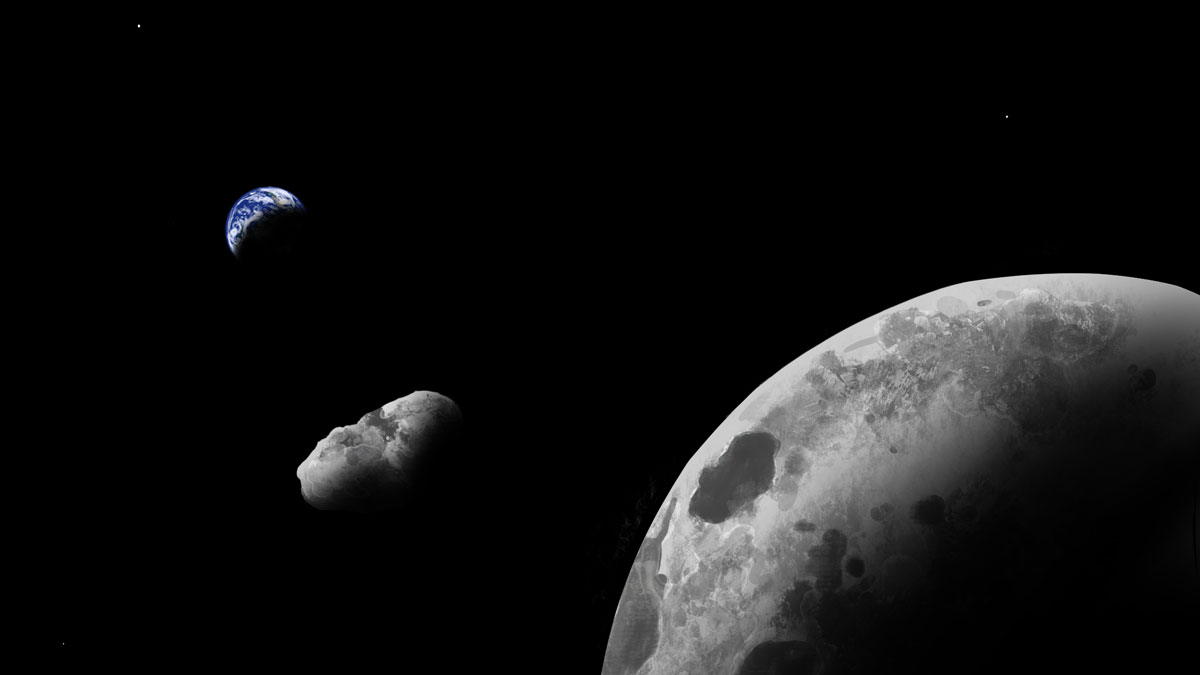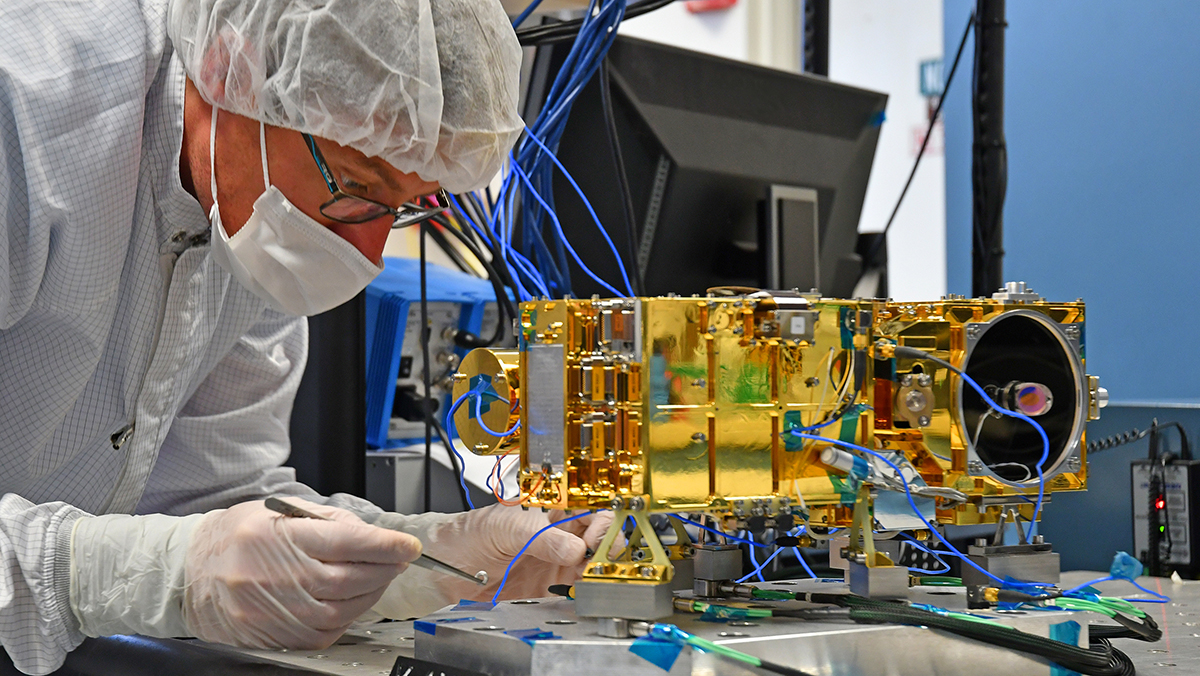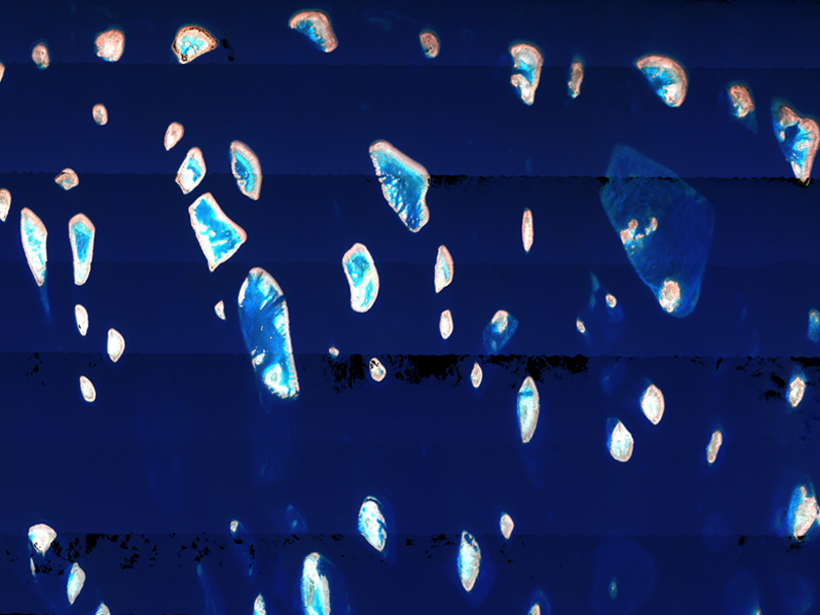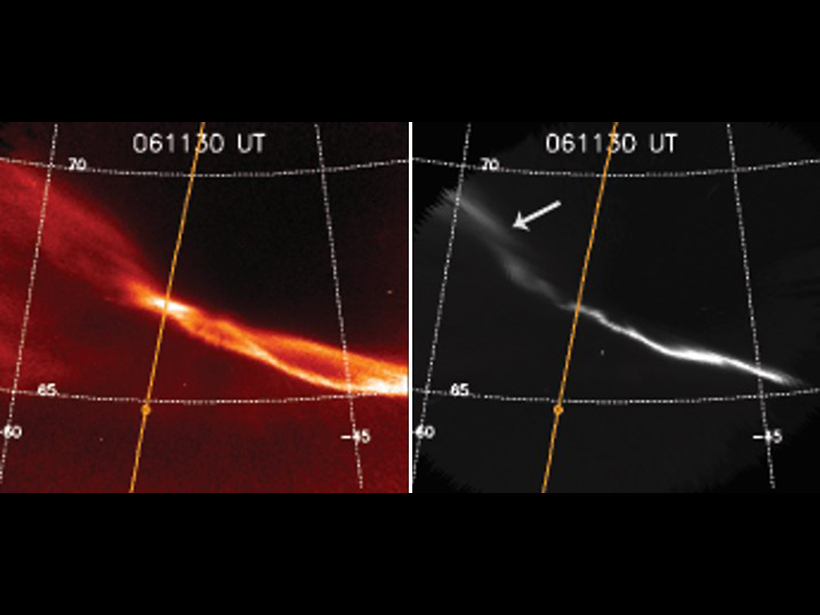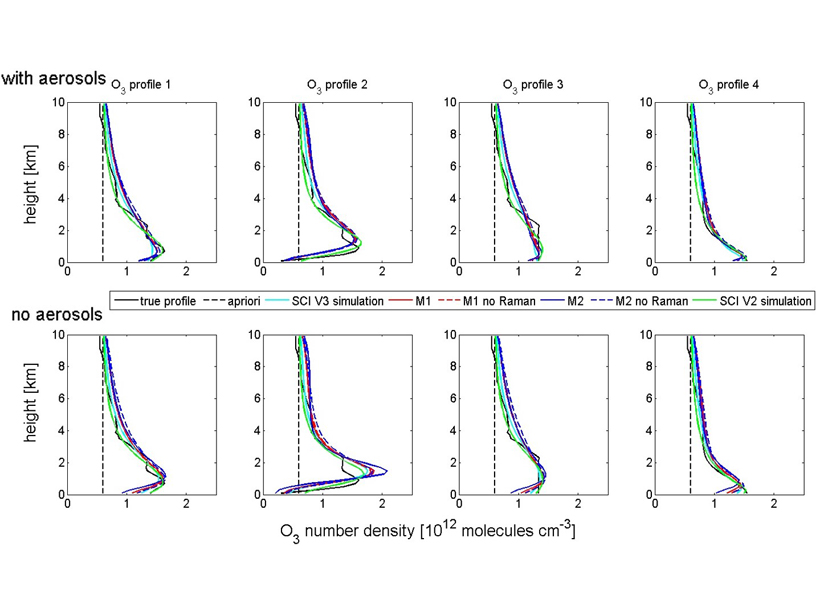For the first time in more than a century, scientists have identified new sodium chloride crystals. The discovery may reconcile puzzling spectroscopic images of Europa’s surface.
spectroscopy
UV Radiation Contributed to Earth’s Biggest Mass Extinction
To find the first direct evidence of heightened UV radiation during the end-Permian mass extinction, researchers turned to chemical evidence preserved in pollen grains.
Community Scientists Recover Micrometeorites from Lake Michigan
A team of scientists, educators, and teenagers discovered the objects, some of which may have been delivered by a fireball that streaked across the sky in 2017.
A Unified Atmospheric Model for Uranus and Neptune
In a new model, three substantial atmospheric layers appear consistent between the ice giants.
Asteroid May Be a Chip off the Old Moon
Spectral data suggest that Kamo‘oalewa, a near-Earth asteroid, has a composition similar to lunar rocks.
Lasers Have the Makings of a 21st-Century Geoscience Tool
Laser-induced breakdown spectroscopy is a versatile geochemical tool being used in a wide range of applications, from Mars rovers to earthly rock identification.
Tree Rings Show Record of Newly Identified Extreme Solar Activity Event
Mass spectroscopy of tree ring material indicates a sharp, single-year rise in carbon-14 concentrations consistent with an extreme solar energetic particle event that occurred around 5410 BCE.
Teams Invited to Test Coastal Hyperspectral Imaging Algorithms
Hyperspectral Remote Sensing of Coastal and Inland Waters Webinar; 28 May 2019
Red and Green Aurora Stop and Go for Different Reasons
Green-line arc is found to be embedded within large-scale upward field aligned currents while red-line-only arc is found to be associated with low-energy precipitation bursts.
Retrieving Tropospheric Ozone from Ground-based Spectroscopy
A new technique can retrieve the profile of ozone from surface to tropopause by MAX-DOS ground-based measurements.


